The Magic of Picture Book Humor
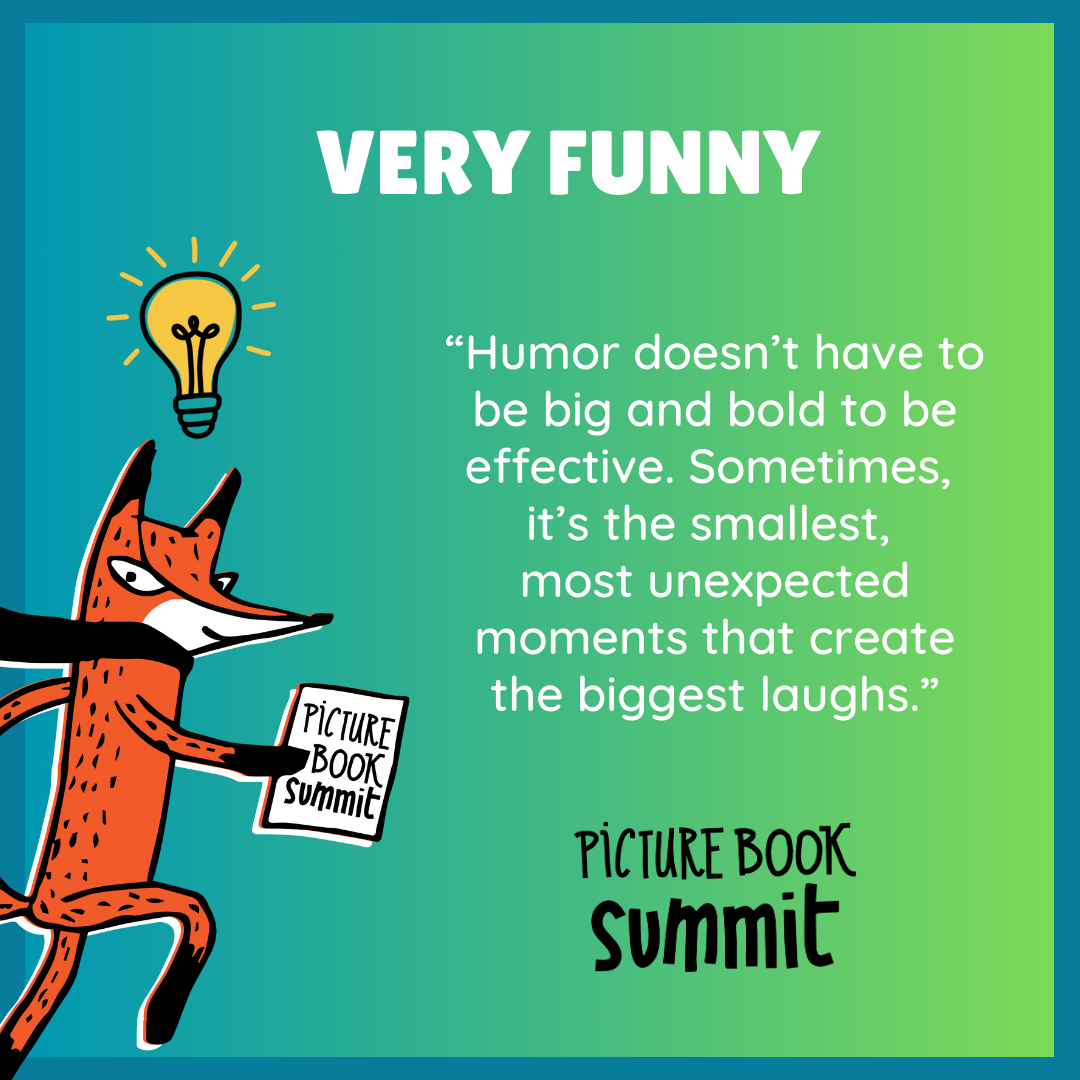 Humor has a magical way of making an old idea feel fresh. Whether it’s through witty dialogue, funny scenarios, or quirky characters, adding humor can completely transform your story. Think about unexpected moments where you can bring in some lightness or absurdity to surprise your readers.
Humor has a magical way of making an old idea feel fresh. Whether it’s through witty dialogue, funny scenarios, or quirky characters, adding humor can completely transform your story. Think about unexpected moments where you can bring in some lightness or absurdity to surprise your readers.
Humor has this incredible power to take a well-worn idea and make it feel brand new.
Whether through witty dialogue, funny scenarios, or quirky characters, humor has a way of giving even the most familiar concepts a delicious twist.
And in the world of picture books, humor can be the secret sauce that makes your story stand out from the crowd.
Why Picture Book Humor Works
Even though humor is so individual, it works because it connects us. It’s relatable, surprising, and can evoke an emotional response that lingers long after the book is closed. What’s more, picture book humor can be layered—working on multiple levels to engage both children and adults (and you need those adults, because they’re the ones who have jobs. AKA they’re the ones who buy the books)! Kids might laugh at a silly situation, while parents chuckle at clever wordplay.
The best part? Picture book humor doesn’t have to be big and bold to be effective. Sometimes, it’s the smallest, most unexpected moments that create the biggest laughs. Let’s look at some examples and how to infuse humor into your writing.
Twisting the Familiar
Take I Am the Shark by Joan Holub. The premise is simple: a shark is trying to prove he’s the best shark. But instead of a predictable underwater adventure, the humor comes from the shark’s persistent misunderstandings. He brags about being the “fastest” shark, only to be corrected by another species. The humor builds as the shark’s confidence gets knocked down over and over, until the twist at the end gives him the last laugh.
Here, Holub uses witty dialogue and unexpected character reactions to keep the humor rolling. By taking something familiar—a bragging character—and layering it with absurdity, she transforms the trope into something fresh and laugh-out-loud funny.
Funny Characters with Quirky Voices
Creating quirky characters with distinct voices is another way to inject humor into your story. Take This Book Will Get You to Sleep! by Jory John and Olivier Tallec. The book features a narrator who will do anything to get the reader to fall asleep. The humor comes from the escalating absurdity of the narrator’s increasingly wild suggestions—think loud noises and spinning in circles.
By giving the narrator a strong, almost frantic voice, Jory John keeps the reader giggling from page to page. The voice is so quirky, so desperate, that you can’t help but laugh as the narrator’s over-the-top methods become more ridiculous. The character’s voice is the heartbeat of the humor here, making even a well-worn concept like a bedtime book feel fresh and new.
Unexpected Moments of Lightness
Picture book humor can also be sprinkled into the most unexpected places to lighten the mood or create a memorable moment. In Gladys the Magic Chicken by Adam Rubin, a chicken named Gladys becomes the accidental hero in a series of funny, larger-than-life adventures. The scenarios in this book—like a chicken convincing a king she’s magical—are funny because they defy expectations. It’s absurdity at its best, and the humorous twists keep readers laughing as they flip the pages.
Adding these kinds of absurd or surprising moments into your story can completely transform it. A serious moment, when balanced with just the right touch of humor, can leave readers feeling lighter, more connected, and eager to see what happens next.
Witty Dialogue and Funny Scenarios
When writing humorous dialogue, think about how your characters might respond in unexpected ways. Maybe they misunderstand each other, talk past each other, or take things literally. A well-placed misunderstanding can create a comedic moment that feels both fresh and clever.
Dog Vs. Strawberry, by Nelly Buchet, illustrated by Andrea Zuill, is a quirky tale, about a dog’s intense rivalry with a strawberry. Yes, a strawberry. It’s narrated like a sports commentary, intensifying the absurdity of the situation. Combined with the dramatic narration, it creates a really funny contrast that keeps readers engaged and amused.
There is also Pop! Goes the Nursery Rhyme, by Betsy Bird, illustrated by Andrea Tsurumi. Betsy Bird (a former Picture Book Summit presenter) twists classic nursery rhymes, and as a mischievous weasel constantly interrupts with a loud “POP!”, the narrator gets exasperated, attempting to maintain order. This, juxtaposed with the weasel’s antics, well, let’s just say, hilarity ensues. The entire book highlights the power of unexpected interruptions in storytelling.
Similarly, funny scenarios often come from exaggeration. Take a normal situation, like getting dressed for school, and add an outlandish twist—maybe the clothes come to life and start dancing around the room. It’s these kinds of scenarios that give readers the unexpected, making them laugh because they never saw it coming.
The Power of Picture Book Humor
Humor has a way of sticking with readers, making them want to come back to your book again and again. Whether through witty dialogue, quirky characters, or unexpected absurdity, it can transform a familiar idea into something fresh and engaging. So, the next time you’re writing a picture book, don’t be afraid to let humor lead the way. You might just surprise yourself—and your readers—with the magic it brings!
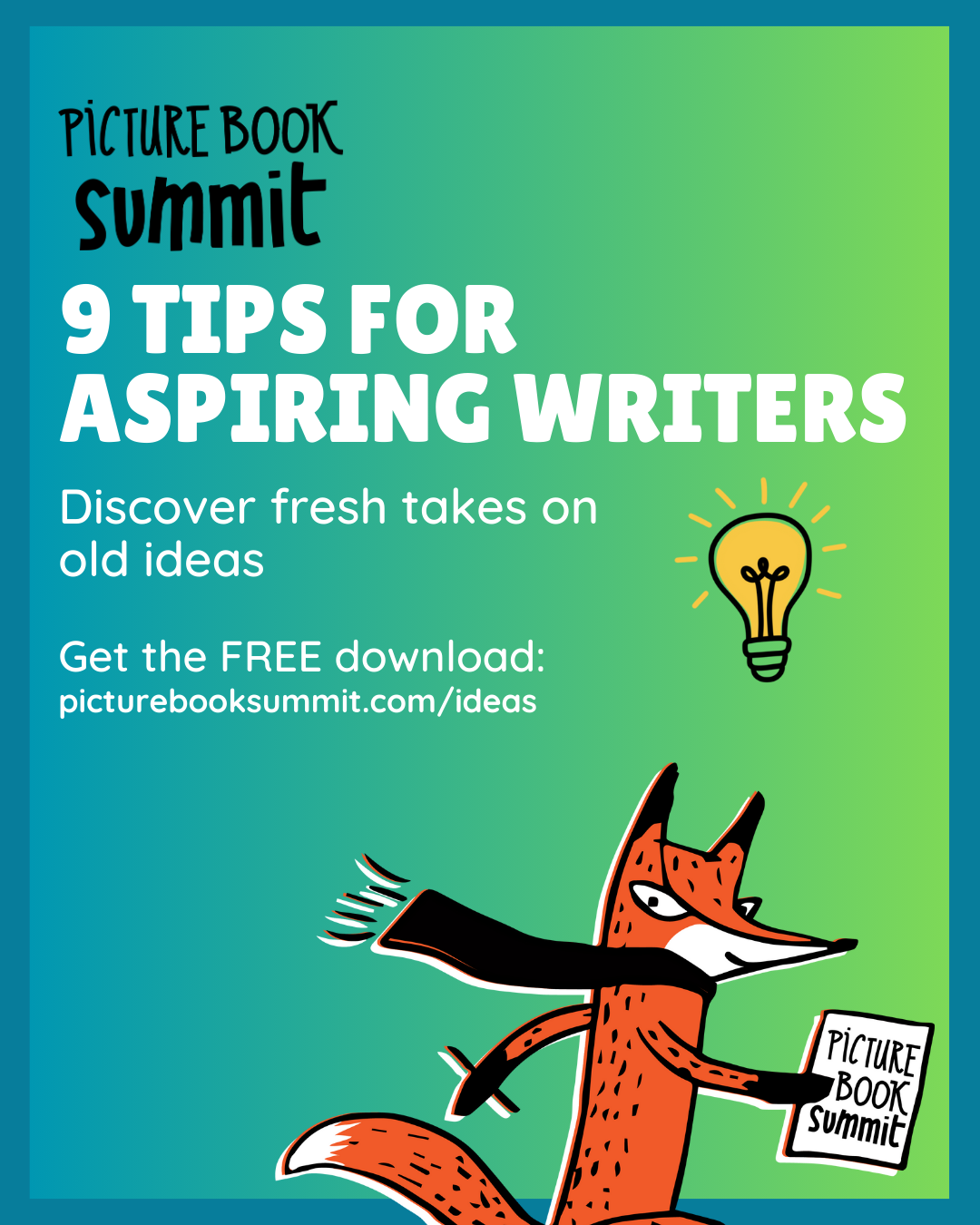 Don’t miss the other posts in this series:
Don’t miss the other posts in this series:
- Using Personal Experience to Create Originality in Your Picture Books
- Playing with Point of View
- Twisting the Tropes: When Picture Books Flip the Script
Looking for more tips to improve your picture book writing skills? Look no further than our free download HERE!
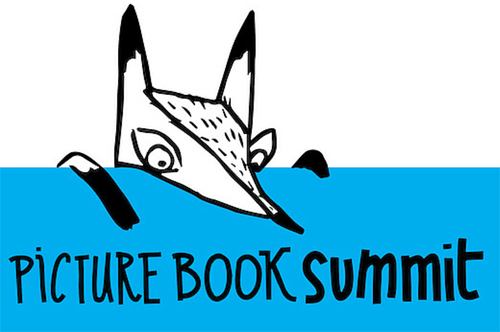


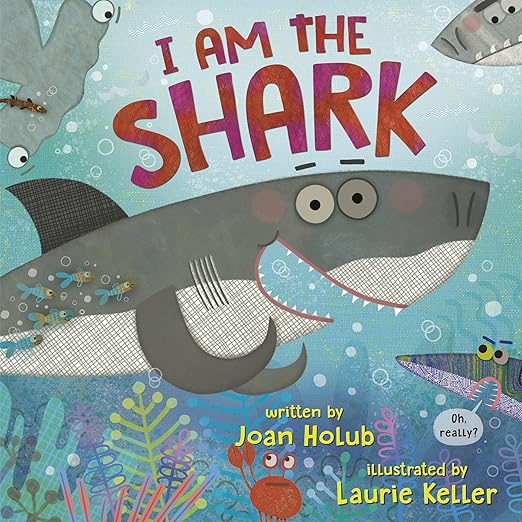
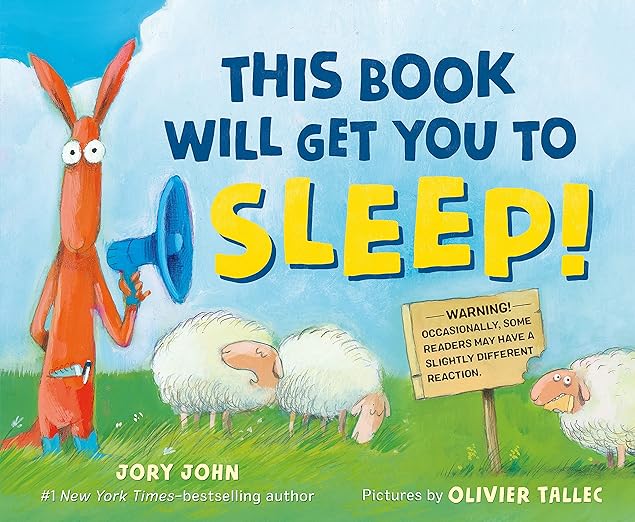
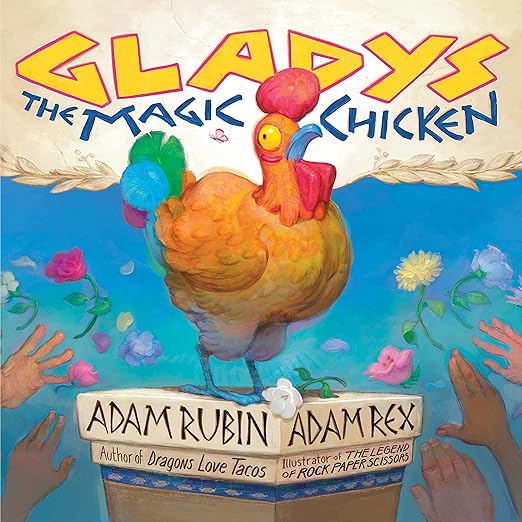
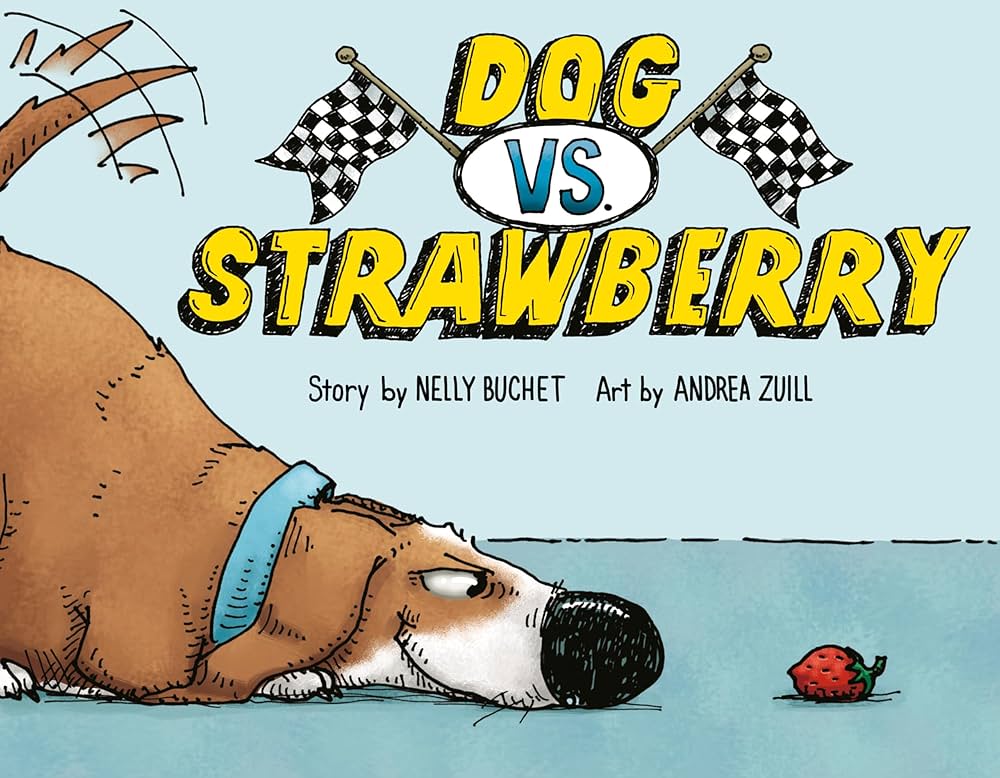
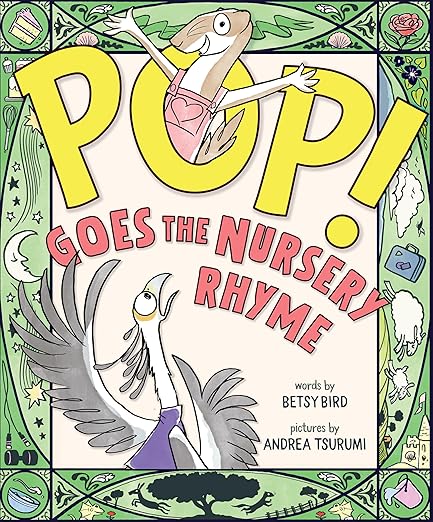
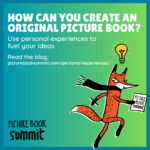
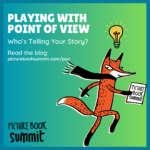
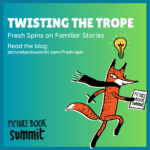

No Comments